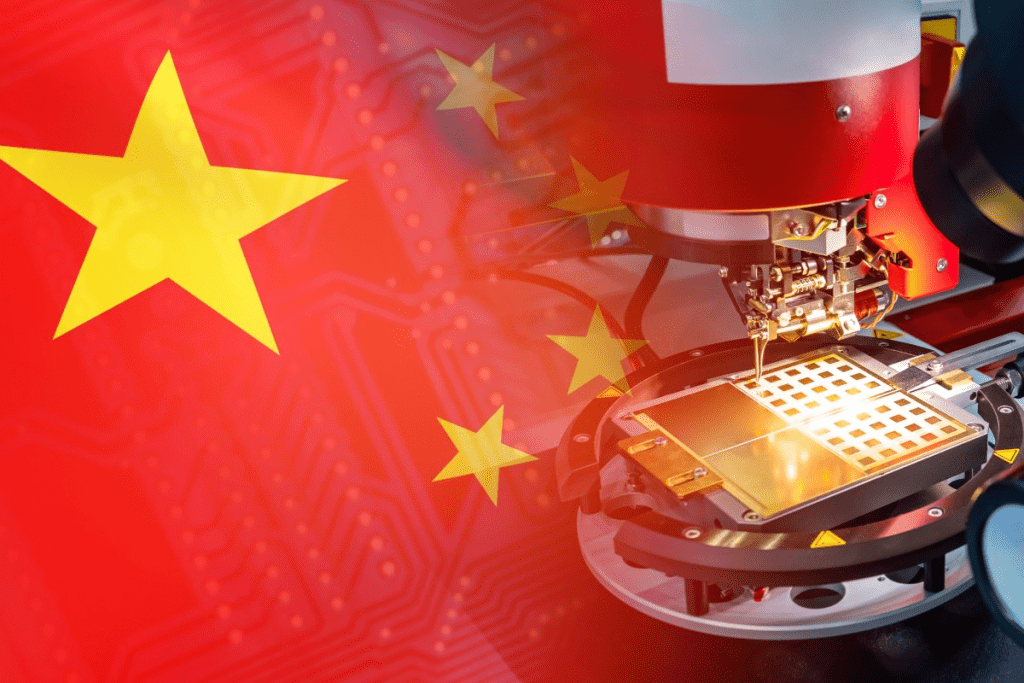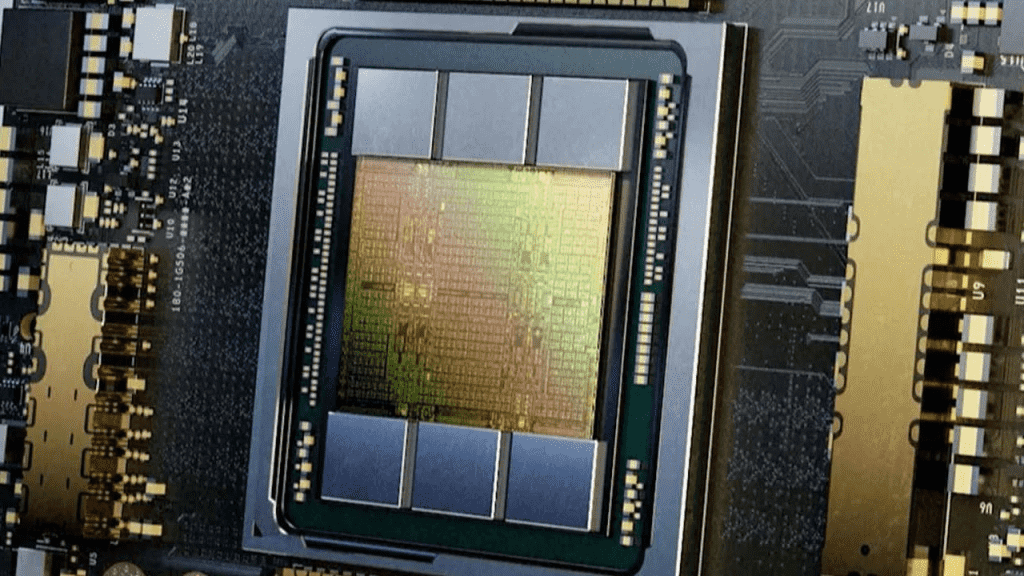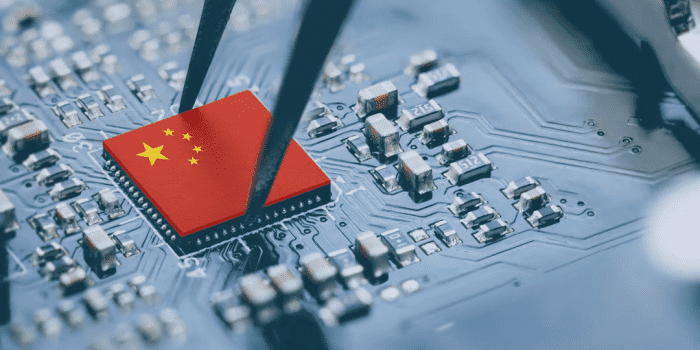As the technological rivalry between China and the United States accelerates, Beijing has identified 8,997 industrial firms as “little giants” eligible for preferential treatment to assist the country in becoming a stronger technology powerhouse than the United States.
According to the South China Morning Post, the information was made public during the Little Giants National Summit on Thursday, September 8, in Nanjing, the province capital of eastern Jiangsu.

President Xi Jinping expressed his hope in a letter that these enterprises would play a larger role in stabilizing supply chains and furthering the country’s social and economic prosperity.
Furthermore, the summit revealed that these enterprises had an average profit of 40 million yuan ($5 million) in 2021, more than three times the average profit of small and medium-sized businesses with at least 20 million yuan in annual revenue.
Little giants are smaller, often unknown enterprises with distinctive products and expertise in significant fields such as semiconductors, innovative manufacturing, energy, and essential minerals. According to SCMP, over 10,000 research institutions have already been established at the state and provincial levels.
According to the state-owned Economic Daily, these companies spend an average of 28.7 percent of their workforces on research and development, comparable to the 30 percent rate for companies listed on the Shanghai Stock Exchange’s Science and Technology Innovation Board, also known as the STAR market.
In just three years, China has fulfilled 90% of its objective of identifying 10,000 small giants by 2025. Since 2019, Beijing has published four lists of companies labeled “little giants” or “LGs.”
To qualify as a small giant, a company must be involved in a strategically significant industry, such as semiconductors, manufacturing, energy, or minerals.
Furthermore, these companies must devote an average of 28.7 percent of their staff to research and development.

According to the Ministry of Industry and Information Technology, businesses active in strategically vital areas like software and artificial intelligence may also be listed alongside those that can “fix weaknesses” in the local supply chain.
This new list comes on the heels of the United States prohibiting the transfer of AI chips to China, citing worries that they may be used for military purposes. This is a major turning point in the two countries’ technological rivalry.

According to the General Administration of Customs, China’s integrated circuit (IC) import volume declined by more than 12% from January to August, totaling 369.5 billion units.
According to SCMP, there is no traditional incentive package for little giants, but they can benefit from tax exemptions, preferential staff acquisition regulations, and substantial federal and provincial government loans.


